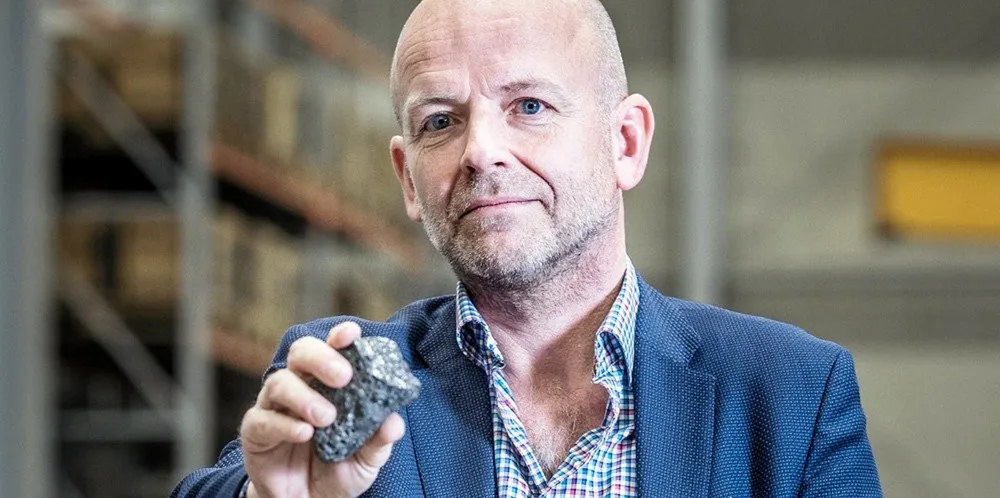‘We will produce carbon-negative green hydrogen from non-recyclable waste at zero or below-zero cost’
Boson Energy says it will offset the expense of producing H2 with the income from its production process' associated revenue streams

Boson Energy says it will offset the expense of producing H2 with the income from its production process' associated revenue streams
